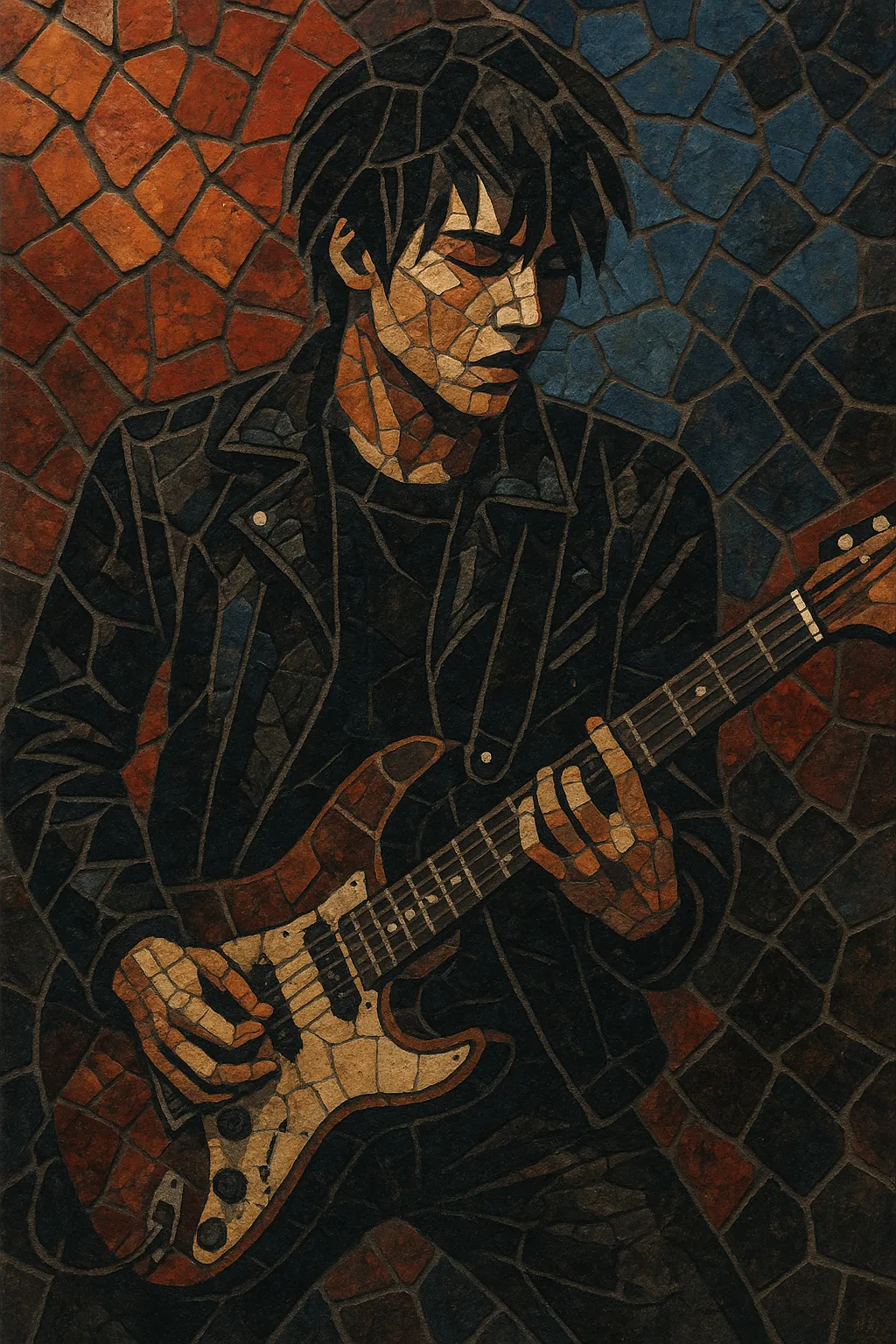K-rock (Korean rock) is the umbrella term for rock music made in South Korea, spanning classic beat and garage, psychedelic and folk rock, hard rock and metal, punk, alternative, and modern indie and pop-rock.
It typically blends guitar-driven textures and Western rock songcraft with Korean melodic sensibilities, clear vocal delivery, and lyrics that oscillate between youthful catharsis, social observation, and intimate storytelling. Production ranges from raw live-club energy to polished studio sheen, and some artists occasionally fold in traditional instruments or pentatonic turns that nod to Korean musical heritage.
The scene is closely tied to live culture—especially the Hongdae club circuit—and to major rock festivals, with periodic crossovers into K-pop via idol bands and OST-friendly pop-rock.
Rock arrived in South Korea via U.S. military club circuits and radio, inspiring early beat bands and guitar heroes. Shin Jung-hyeon—often called the “godfather of Korean rock”—helped establish a distinctly Korean take on garage and psychedelic rock.
Amid authoritarian rule, rock faced strict censorship (including high‑profile crackdowns that curtailed Shin’s career). While heavy electric rock struggled, campus folk and socially conscious songwriting grew, preserving guitar-centered expression and informing later rock aesthetics.
Bands such as Deulgukhwa reignited rock with anthemic, album‑oriented work, while Sinawe, Boohwal, and others drove a hard rock/metal resurgence. This era cemented the idea of the self-contained Korean rock band and technical guitar prowess.
The Hongdae live‑club ecosystem birthed a fertile indie/alt scene and punk movement (e.g., Crying Nut, No Brain), while Seo Taiji’s genre-flexing alt-rock modernized pop culture and opened doors for hybrid sounds.
Jaurim, YB, and Nell popularized polished alt and stadium-ready rock, while major festivals (e.g., Pentaport, Jisan) anchored a national live infrastructure. Rock acts began feeding K-drama OSTs and mainstream charts.
Indie exports like Hyukoh and The Black Skirts found international audiences through streaming and festival circuits. Idol bands and pop‑rock units connected K-rock textures to K-pop’s global platform, sustaining the genre’s visibility even as tastes diversified.


